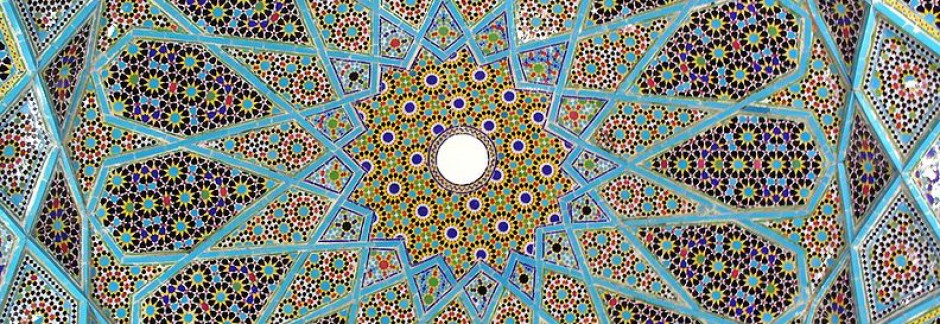Yoga is very big these modern days as the development of physical culture based on the practice of asana, or yogic posture. Asana, in fact, has almost nothing to do with the path of traditional yoga which is primarily based on the practice of pranayama, or breath control, as a path to progressively deeper states of samadhi, or yogic concentration.
The yogic path develops breath control as a means to temporarily still the mind and induce bliss; This is possible because the mental body (the seat of all impressions, including desire), is energized by the subtle body (the seat of Pran, or energy). When a yogi becomes adept at breath control, he or she can temporarily put the desire-mind to sleep by depriving it of agitation, so to speak. Samadhi is a trance state. There are many grades of samadhi reflecting progressively deeper states of concentration and consequent stilling of the desire-mind. (The desire-mind is like a drunken monkey bit by a thousand hornets. Yoga attempts to placate the monkey by removing one sting at a time).
But this stilling of the mind which results in a trance state full of bliss is temporary. When the ecstatic state is over, the mind reverts to its usual drunken agitated self. Samadhi does not eradicate the desire-mind, but effects only its temporary suppression. Moreover, there is the great danger and likelihood that the bliss experienced as the result of a temporarily and relatively stilled mind will be mistaken for spiritual advancement. Thus, the yogi becomes enormously proud of his capacity to access samadhi. Think of it this way: The desire-mind is like a permanent migraine and samadhi like a miracle pill giving temporary relief. It is the penultimate pain killer, but not in fact a cure for the condition, ie. the desire-mind. The yogi is very much a drug addict who wants nothing more than his fix of bliss.
The path of remembrance is based on nam-jap or zikr, the repetition of the name of God or the Avatar/ Prophet. It is a devotional path that opens the heart by recalling, at its best, the Perfect Master or one of the Avatar’s incarnations: Zoroaster, Ram, Krishna, Buddha, Christ, Muhammad and Meher Baba.
This path drowns all thought and desire in the longing for the Perfect Master or Avatar, who is God in human form. This path creates the pain of longing for the Master; The lover wants more and more love for the supreme beloved with whom he longs to be united. This was the path of St. Francis for Jesus, of Rumi for Shams-e-Tabrizi, of every ardent lover of the Master whose grace made him a Master in turn.
The path of remembrance is diametrically opposed to the path of yoga. The path of yoga is an intermediary and provisional path of breath technology whose aim is to escape the orbit of earth and suffering. But which can never be achieved in this way. The path of remembrance longs to die with every breath by ever greater suffering at the feet of the Master, and which requires the Master’s grace. Only the Perfect Master or the Avatar can release a soul from the wheel of birth and rebirth.

